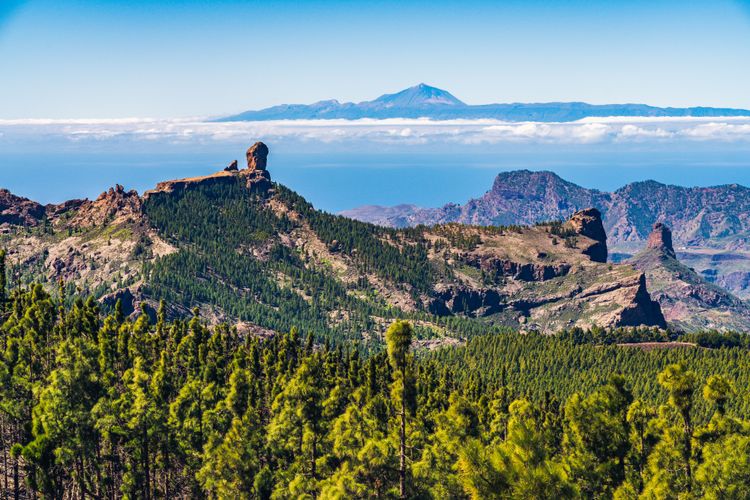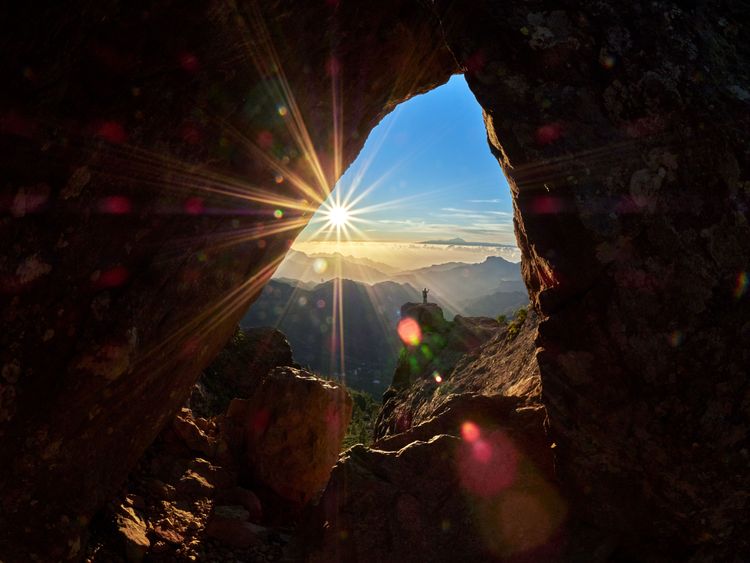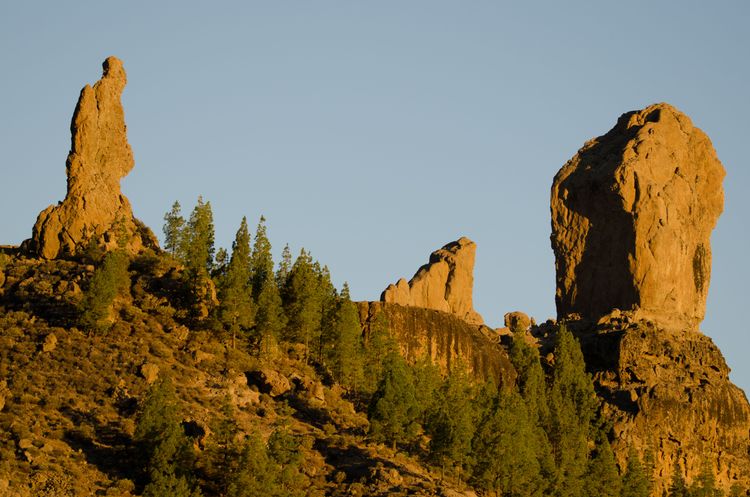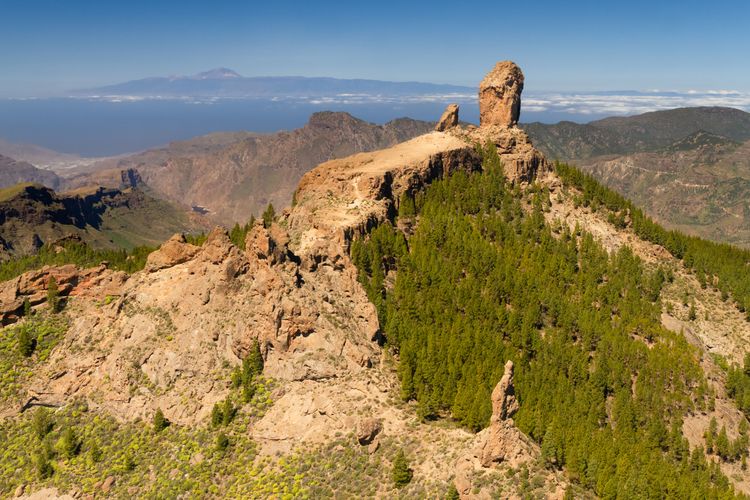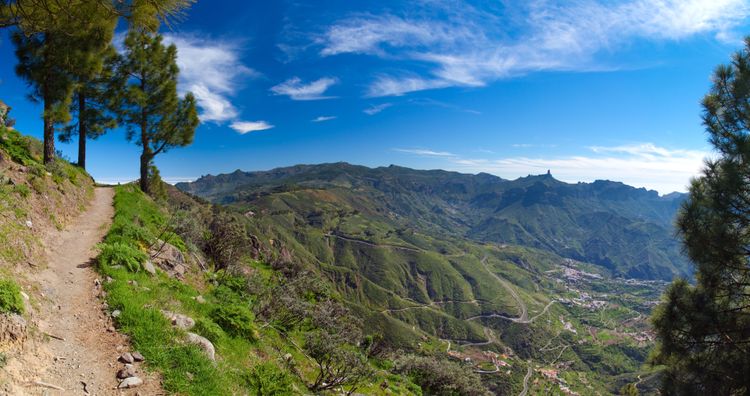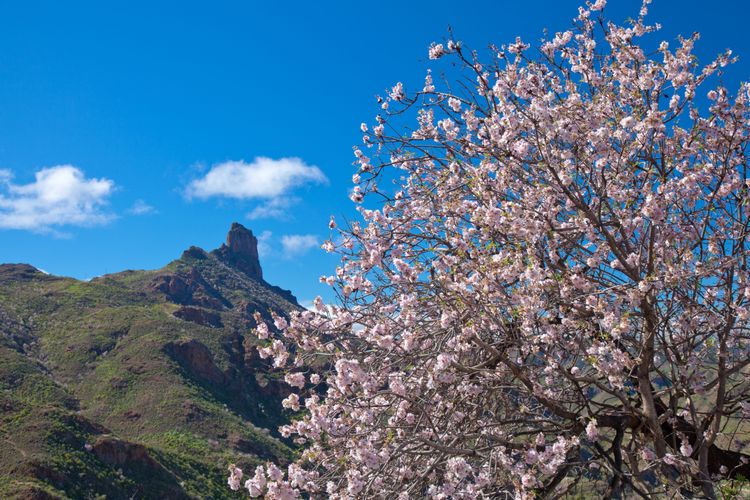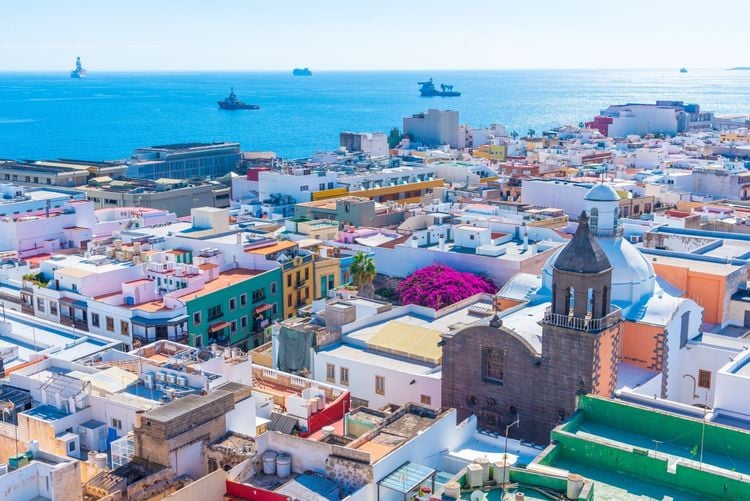In case you don't have a car, you can also reach Roque Nublo by bus, better known as "la guagua". From San Telmo station in Las Palmas, take bus number 30 to Faro de Maspalomas, and then change for bus number 18, which will take you to Tejeda. If you are coming from Maspalomas, the journey is even easier, as you only have to take bus number 18 from Faro de Maspalomas station to Tejeda.
The route to Roque Nublo
The route to Roque Nublo from the car park at Degollada de La Goleta is a three kilometre round trip. It takes about 40 minutes to reach the highest point of the Roque, as the outward journey is uphill. However, the route is not circular, so it only takes 20 minutes to get back, as it is downhill to the car park where you started the route. It is a fairly easy route, which is why it tends to be very popular with tourists, be they athletes, families with children or senior citizens.
Along the way you will find signs to guide you from start to finish, so don't be afraid of getting lost. This will also allow you to make the most of the fabulous views on your hike, winding through pine trees, ancient lava flows and stone columns. Don't miss the Tejeda caldera, Pico de las Nieves and, if you're at the summit on a day when visibility is good, Teide in the distance on the island of Tenerife.
 Gran Canaria
Gran Canaria
